Related Article
-
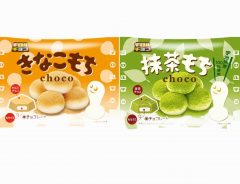
Tirol Choco Kinako mochi and Matcha mochi to end production in late-March
-
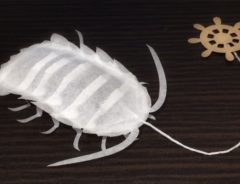
Creepy Giant Isopod Tea Bags Are Ready To Make A Deep Sea Home In Japanese Tea Cups
-
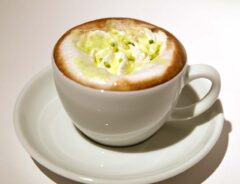
Harajuku coffee house debuts rich pistachio mocha and steam cocoa for delicious winter menu
-
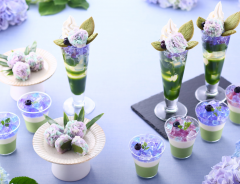
Kyoto Tea House Itohkyuemon Celebrates Summer with Hydrangea Inpired Matcha Desserts
-
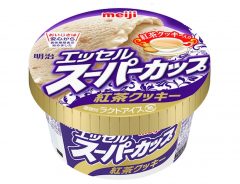
Meiji brings back much-loved ‘Tea and Biscuits’ flavour ice cream tubs
-

Meiji Era-Style Starbucks To Open Up Outside Hot Springs That Inspired Spirited Away
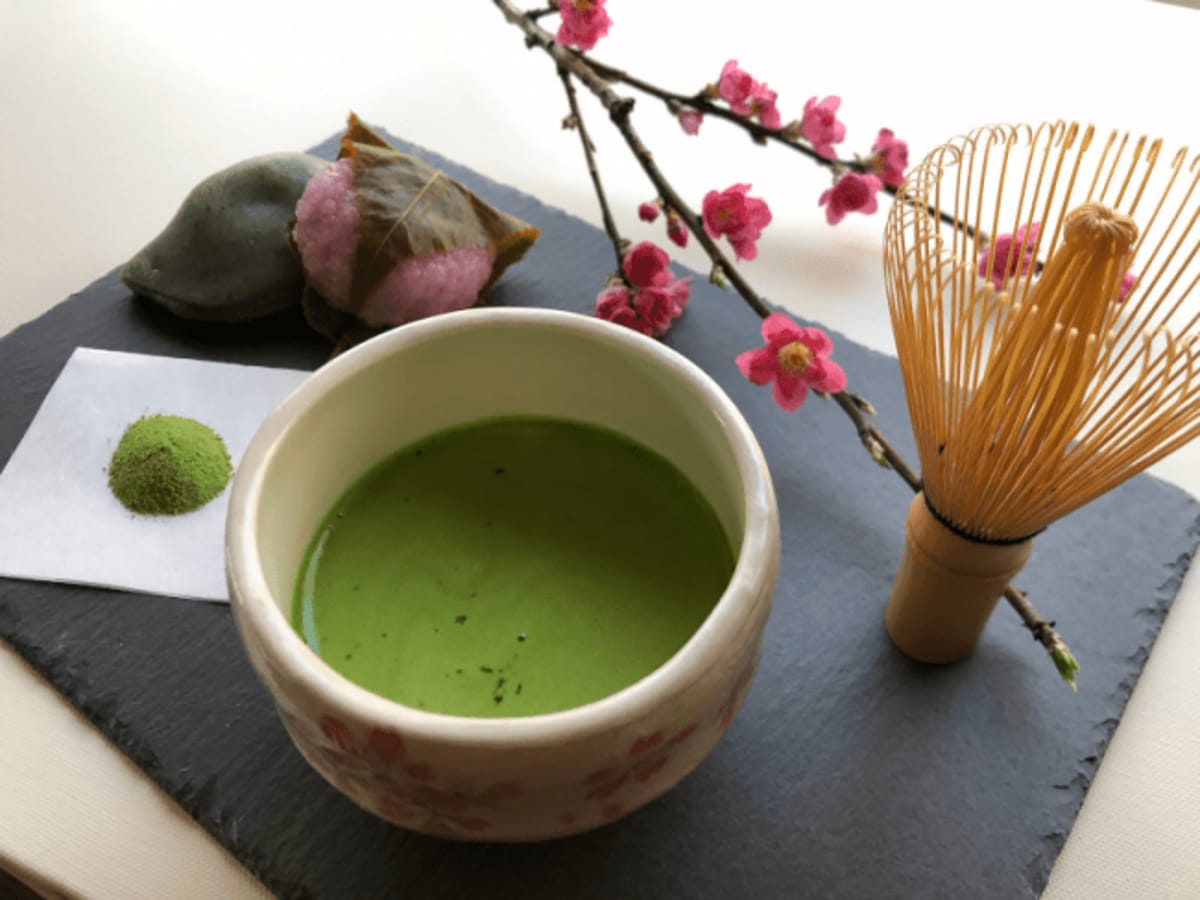


Tea is an irreplaceable part of the Japanese Culture and comes in dozens of various types, so even if you are not a fan of the traditional green tea, I am sure you will find a blend to suit your palate.
Japanese Tea not only has many benefits, but it also tastes amazing and as mentioned above, there are many different blends you can choose from.
Many of you would automatically think of green tea when you speak of Japanese tea, however in this guide, I will introduce a lot more types you might’ve heard of or not.
Some, like matcha, for example, is quite known worldwide, others, take bancha, for example, maybe not so.
Main Types of Japanese Green Tea
© PR Times, Inc.
Let me start by saying that in Japan, green tea comes in several types and is known under the term of 緑茶 (ryokucha).
Sencha
In restaurants, you’ll most likely encounter 煎茶(sencha). Sencha is probably the most consumed tea in Japan and has a high amount of vitamin C, clear yellowish-green color and a delicious, well-balanced flavor.
Compared to other teas, it is refreshing and easy to drink so it suits most of the people palate.
There are a lot of brands of sencha so the taste will differ, but I believe the Sayama Tea Blends (狭山茶/Sayama Cha) has the best tea leaves, producers.
Gyokuro
Gyokuro(玉露)has a refined taste and represents one of the highest quality blends between the Japanese Tea varieties. To enjoy its mellowness and its finest grade flavor, it is recommended to be consumed in small amounts.
As the taste is very unique and has a seaweed accent, it might not suit the taste buds of people from abroad, but once you get used to its refined taste, you will slowly grow to love it.
It should be consumed at a temperature of 55 degrees.
Matcha (抹茶)
Matcha ice cream, matcha chocolate, matcha cakes, and matcha frappe… I think many of you are more than familiar with matcha, however many people seem to confuse matcha with green tea.
Matcha is a green powder that dissolves in boiled water and results in the bitter, frothy green tea with an elegant, but the refreshing aroma and rich umami (highest quality flavor).
Matcha is more frequently used in Tea Ceremony (Sadou・茶道) and not so much in daily life.
If you are a fan of wagashi (和菓子・Japanese sweets), then you will love the combination of matcha and sweets.
Bancha (番茶)
Bancha is not a well-known tea and it has a gold color given by the mature tea leaves it’s made of.
Its taste is quite delicate and has been very popular among the Japanese. I also find it very refreshing, so I’m sure you’ll love it, too.
Houjicha (ほうじ茶)
Houjicha is the result of roasted tea leaves and has a brownish color and a light flavor.
The warm shade of browns reminds me of autumn and its fragrance and taste are loved by all generations in Japan.
Konacha (粉茶)
Konacha is a type of tea usually served in sushi restaurants. Despite it being made out of small leaves and being very affordable as price, the tea is very strong and has a sharp flavor, one of the reasons why sushi restaurants choose this blend.
Genmaicha (玄米茶)
Genmaicha is a blend of sencha and brown rice with a unique taste given by its nutty accents.
I find it an interesting type of tea that has a bit of a toasted aftertaste.
Besides the types mentioned above, Japan also has Soba cha(そば茶; made of roasted buckwheat groats)and wakoucha(和紅茶/Japanese Black tea).
Wakoucha is becoming more and more popular recently and quite a few blends and brands are now available for sale.
Because the water is slightly different from other countries, the color resulted has more of a red tone compared to the European black teas that have darker shades, so it is cold “Kou”’(red) “Cha”(tea).
The tea itself has a nice flavor and a gentle aroma, so I am a fan of it. If you like Black Tea in general, I think you will also find it very well-balanced, but delicate and most important, tasty!
Even though it is black tea, you can somehow feel Japan’s tea influence, so the taste is rather unique and new.
It makes a good match with chocolate cake and is a great choice for your evening tea.
I hope that sharing my knowledge and research regarding Japanese Tea blends helped you a bit more in understanding the tea culture in Japan and that now, having so many choices, you’ll succeed in finding your perfect cup of tea.